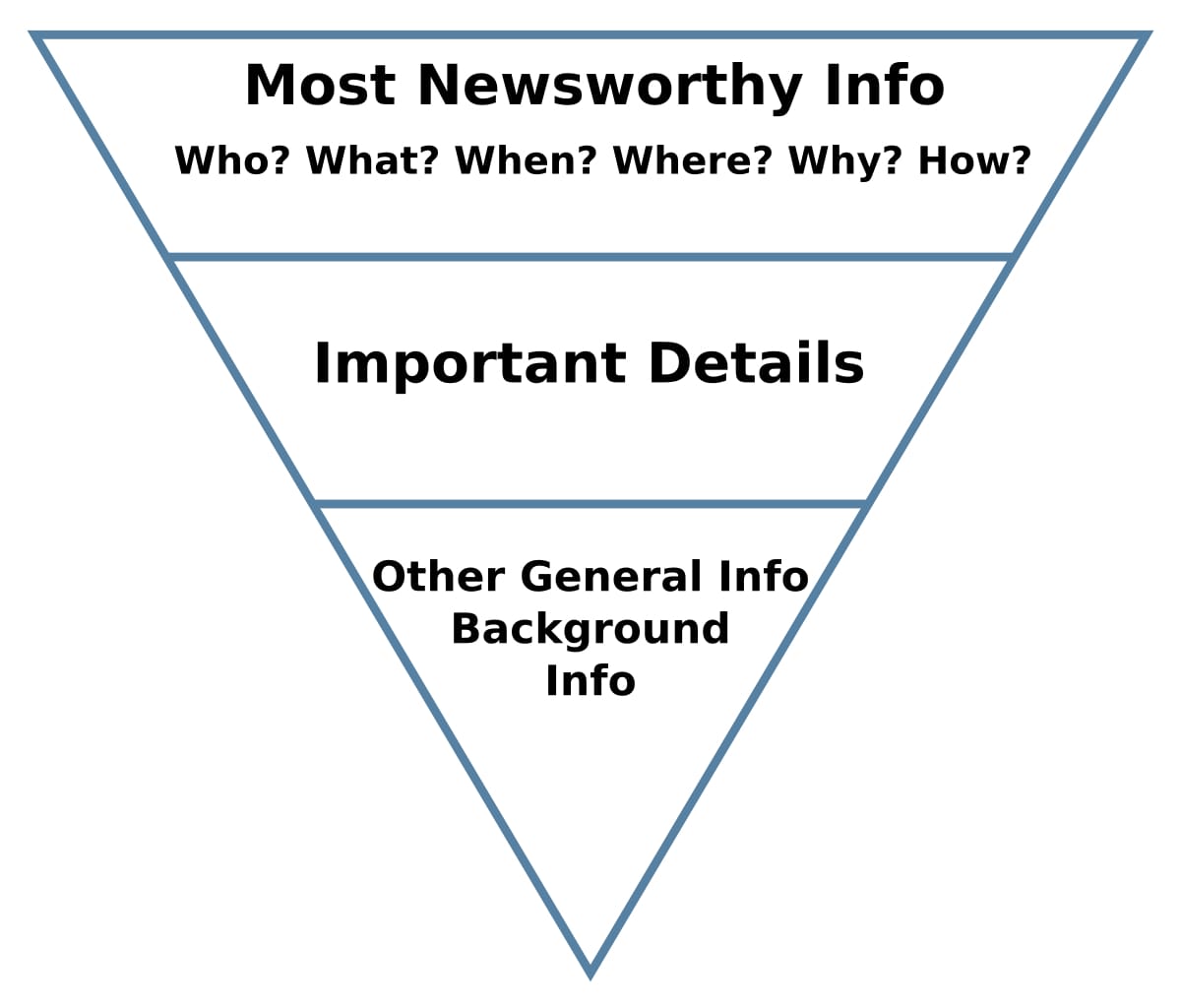
Mistakes and poor structure in a text spoil its impression, regardless of the author’s achievements. To avoid embarrassing situations and be confident in yourself, check out these useful recommendations that will help you write better.
1. Learn to understand the objectives of the text and the audience
You can write good texts if you answer two questions:
ADVERTISEMENT
• What are you writing for?
• Who are you writing for?
These questions will help you understand the purpose of the text and its audience. For example, if you need to write an academic project, it will be read by your professor and those who are interested in your specific topic. Your task is to write a project in an understandable way, sticking to academic writing rules. By the way, if you have some problems with completing such an assignment, you can google “write my project” and find a service that can help you. By receiving a project sample, you will have a clear idea on how to write texts that are understandable and interesting to the audience.

2. Always make outlines of your texts
An outline is a frame on which words are then placed to create a finished text. The better the plan, the higher the quality of the text. Having figured out what your reader wants, your task is to draw up an outline with a thesis description of a future text. There are different approaches to planning. For beginners, I recommend using the inverted pyramid scheme. Start the text with the most interesting information for the reader, following with simply interesting. Put additional and unimportant information at the end. This scheme allows you to engage in reading and retain attention. In addition, it is very simple.

3. Write simply
Keep it simple as a beginner. Use short sentences made of five to eight words. Use minimum commas in the text. This does not mean that you need to write with errors. Use simple sentences that don’t need commas. There is a good exercise in learning to write simply – make a sentence. Think about how to convey the same thoughts in a shorter way. Rewrite the sentence. Think about how you can shorten it without losing its meaning. Rewrite the phrase until you get a short version that you can’t rephrase.
ADVERTISEMENT
Stop thinking about the wording! People often speak beautifully but cannot formulate thoughts on paper. They begin to think and want to “write smarter and more correct.” This is a mistake. Write as you speak. You will finalize the written text later, but first, you need to write it.

4. Use facts
Facts are the basis of an academic paper or article. The more data, numbers, and other factual information you collect, the better your text will be. Before writing, write down all the numbers that you have on a piece of paper, and as you prepare the material, note what data you have already added.

5. Revise the text
Set aside the text for a while and then read it again. You will notice some flaws, repetition, and other problems that need to be corrected. Work on the text. Change the wording. Clean up mistakes. This will improve the quality of your writing.

As you can see, anyone can learn to write texts. This is not an art but a craft. Of course, some will be able to write faster and better; some will be able to write more slowly. But in the end, everyone can create texts of acceptable quality.
ADVERTISEMENT











